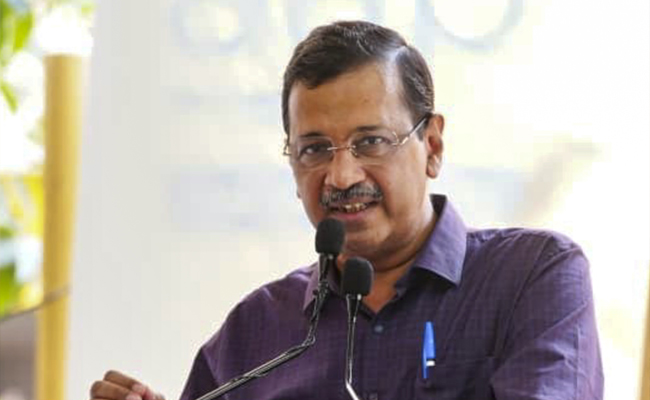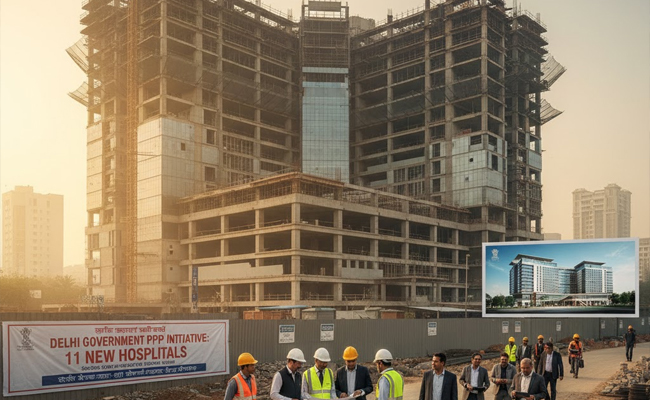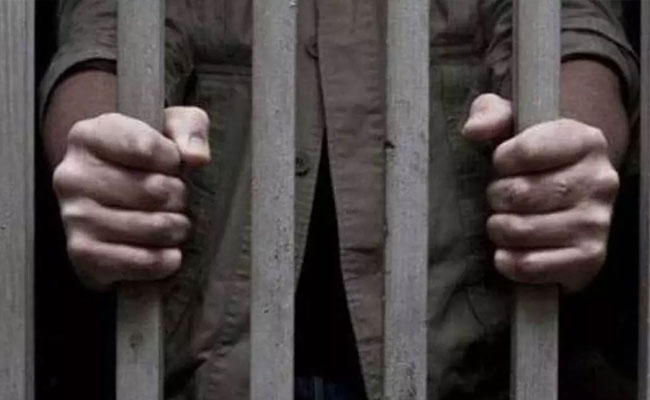New Delhi, Aug 30: Women suffer worse outcomes when diagnosed with and treated for cardiac issues, according to the results of fifteen studies from 50 countries, including India.
The researchers noted that the discrepancy is the result of women presenting with additional non-traditional chest pain symptoms including vomiting, jaw pain and abdominal pain.
If and when these symptoms are missed by doctors, or by the patients themselves, diagnosis and treatments are delayed, they said.
"We found stunning differences between men and women in the diagnosing of cardiovascular disease, treatment and symptoms," said Mahdi O. Garelnabi, Associate Professor at the University of Massachusetts Lowell, US.
"Women tend to go to the hospital later than men after the onset of symptoms and physicians are not admitting women to the hospital at the same rates as men," Garelnabi said.
The analysis, published in the journal Arteriosclerosis, Thrombosis, and Vascular Biology, also points out that heart attack rates among younger women are climbing.
Heart attacks among women aged 35 to 54 increased from 21 per cent to 31 per cent between 1995 and 2014, the study shows.
During the same period, the rate for men rose only slightly, from 30 to 33 per cent, according to the researchers.
"It's alarming that heart attack rates are increasing in younger women," said Garelnabi.
"Risk factors that are unique to women include premature menopause, endometriosis and hypertension disorders during pregnancy," the researcher said.
The findings are based on the results of fifteen studies from 50 countries, including Brazil, China, Egypt, India, Arabian Gulf countries and the US among others.
The analysis encompasses the experiences of over 2.3 million people.
Let the Truth be known. If you read VB and like VB, please be a VB Supporter and Help us deliver the Truth to one and all.
Panaji (PTI): As part of a crackdown against tourist establishments violating laws and safety norms in the aftermath of the Arpora fire tragedy, Goa authorities on Saturday sealed a renowned club at Vagator and revoked the fire department NOC of another club.
Cafe CO2 Goa, located on a cliff overlooking the Arabian Sea at Vagator beach in North Goa, was sealed. The move came two days after Goya Club, also in Vagator, was shut down for alleged violations of rules.
Elsewhere, campaigning for local body polls, AAP leader Arvind Kejriwal said the fire incident at Birch by Romeo Lane nightclub at Arpora, which claimed 25 lives on December 6, happened because the BJP government in the state was corrupt.
An inspection of Cafe CO2 Goa by a state government-appointed team revealed that the establishment, with a seating capacity of 250, did not possess a no-objection certificate (NOC) of the Fire and Emergency Services Department. The club, which sits atop Ozrant Cliff, also did not have structural stability, the team found.
The Fire and Emergency Services on Saturday also revoked the NOC issued to Diaz Pool Club and Bar at Anjuna as the fire extinguishers installed in the establishment were found to be inadequate, said divisional fire officer Shripad Gawas.
A notice was issued to Nitin Wadhwa, the partner of the club, he said in the order.
Campaigning at Chimbel village near Panaji in support of his party's Zilla Panchayat election candidate, Aam Aadmi Party leader Kejriwal said the nightclub fire at Arpora happened because of the "corruption of the Pramod Sawant-led state government."
"Why this fire incident happened? I read in the newspapers that the nightclub had no occupancy certificate, no building licence, no excise licence, no construction licence or trade licence. The entire club was illegal but still it was going on," he said.
"How could it go on? Couldn't Pramod Sawant or anyone else see it? I was told that hafta (bribe) was being paid," the former Delhi chief minister said.
A person can not work without bribing officials in the coastal state, Kejriwal said, alleging that officers, MLAs and even ministers are accepting bribes.





